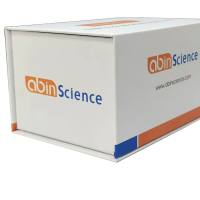Purification and Characterization of Viral dsRNA Genome Profiles by Crosshybridization
Double-stranded (ds) RNA present as genetic elements are widely distributed in nature and include genomes of viruses that can infect both eukaryotic and prokaryotic cells. These include members of the family Reoviridae, Birnaviridae, Partitiviridae, Hypoviridae, Totiviridae , and Cytovzridae , yeast killer factors and virus-like particles occurring as dsRNA plasmids in fungi (1 ). In most cases, the genomes of these viruses are segmented and can be separated into different bands when analyzed by SDS-PAGE or agarose gel electrophoresis, making them ideal candidates for analysis by crosshybridization. The advantage of this method is that it allows a rapid comparison of the sequence homology in every segment of the whole viral genome, of several viruses at once. Although this would also be possible, and a more definitive result can be obtained by full sequence analysis, it inevitably takes much longer particularly in the case of viruses that contam 10–12 genome segments (Reoviridae ). The data obtained using this method allows individual homologous genome segments to be specifically identified and compared (using probes made from either isolated dsRNA segments or separate cDNA clones) (Fig. 1 ). Similarly the levels of sequence variation in different genome segments of different virus isolates can be correlated with variations in serotype and geographical origin (2 –6 ).
![预览]()






